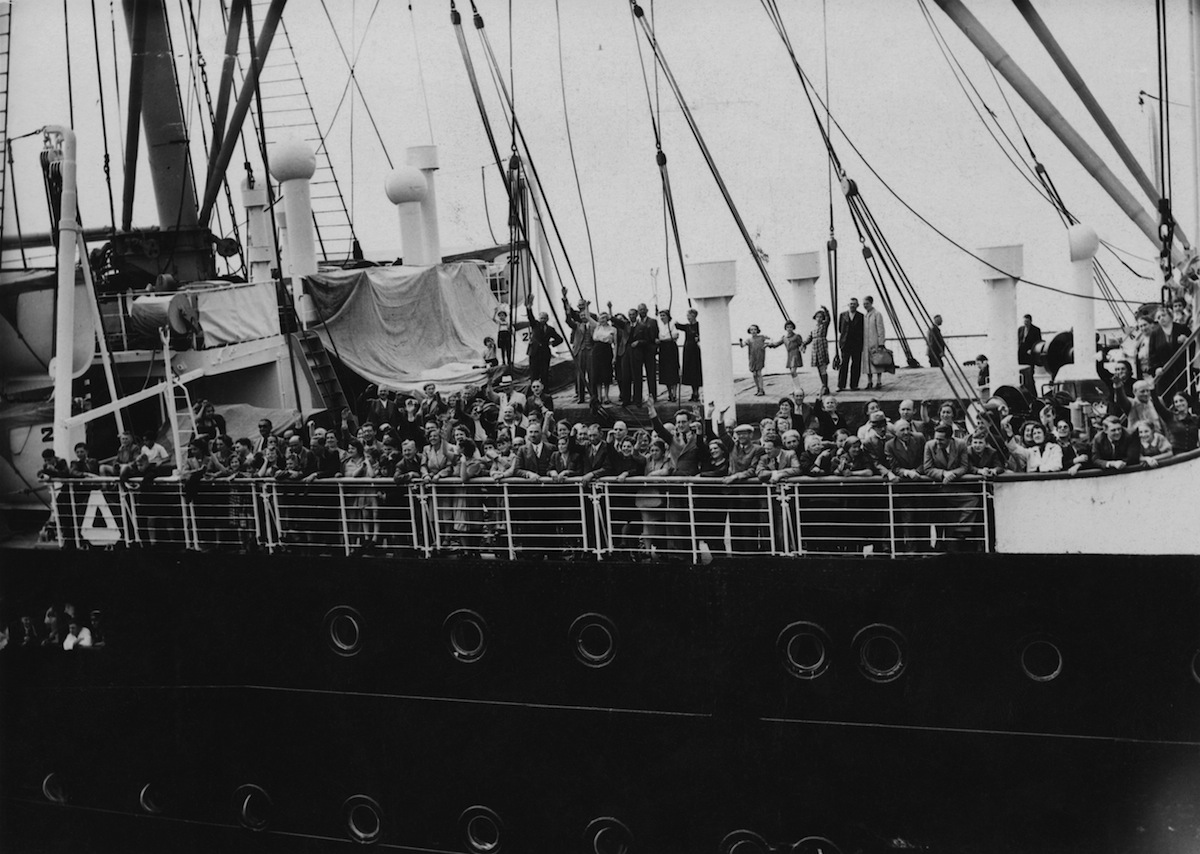
This year has seen a crisis of devastating proportions for seafaring migrants around the world. The total number of smuggled migrants who have arrived in Europe via the Mediterranean in 2015 has just topped 101,000, and Southeast Asia has seen its own crisis, with thousands of Burmese and Bangladeshi refugees attempting to reach Indonesia, Thailand or Malaysia. The news is filled with horror stories about the fates those migrants have met, from death by drowning to starvation while desperately seeking a harbor that wouldn’t turn them away. The U.S., the U.N. and the Pope have all urged the world to help the desperate refugees.
But, as news of 2015’s migrant crisis continues to evolve, it’s worth remembering that the turning away of ships full of hopeful immigrants has been occurring for decades, with catastrophic results.
In 1914, for example, a ship called the Komagata Maru, carrying hundreds of Indian immigrants to Canada who were subject to restrictive and confusing immigration policies, was turned away from Vancouver and forced to sail back to India, where many of the passengers faced imprisonment or death. Canada’s prime minister Stephen Harper has offered an apology for the events of nearly 100 years earlier, and in April, Indian prime minister Narendra Modi tweeted a photograph from his visit to Canada, remembering the incident.
Another historical example of a ship of refugees being denied entry to a port—one of the more famous such incidents, thanks to the 1976 movie Voyage of the Damned—was the 1939 story of the MS St. Louis. In May of that year, as TIME reported as the incident was underway, the St. Louis left Hamburg, Germany, laden with nearly 1,000 German-Jewish refugees. The destination was Cuba, as a way station for eventual immigration to the United States. Upon reaching Havana, however, only a few dozen people were permitted to disembark.
As the U.S. Holocaust Memorial Museum explains in an investigation of the incident, the St. Louis left Cuba bound for Miami, but a cable to President Roosevelt went unanswered. The State Department responded that all immigrants must take their turns on a waiting list and acquire visas in advance before being allowed into the U.S., even though at that point the waiting list for immigrants from that region was several years long. In general, anti-immigrant sentiment in the U.S. at the time—this was before official American involvement in WWII, and before many Americans understood the scope of Nazi ambition and ruthlessness—was stronger than sympathy for the Jews of Europe.
The ship returned to Europe, arranging with Great Britain, the Netherlands, Belgium and France to avoid returning directly to Germany. Even so, about half of the people who were on board in 1939 did not survive the Holocaust. And, as TIME reported in 1939, the St. Louis incident was not isolated:
Meanwhile, in half-a-dozen harbors in the Western Hemisphere, off ports in the Mediterranean, the St. Louis drama was repeated. At Veracruz 327 refugees from Loyalist Spain were landed from the Flandre, 104 German Jews turned back. On the Taurus at Veracruz an exiled Jewish chemist, learning that he could not land, took poison, told the captain he would be dead in two minutes, died. In Buenos Aires, 200 Jewish refugees on the Caporte, the Monte Olivia, the Mendoza, were sent back to Germany.
Off the coast of Palestine the weirdest and most wretched drama of the homeless was taking place. There, outside the three-mile limit, a collection of jampacked, unseaworthy little tubs lay waiting for a chance to run cargoes of permitless refugees ashore. There were Greek sailing schooners like the Panagiya Correstrio, usually carrying three fishermen, with 180 below decks; tramps like the grimy, 320-ton Assimi, flying the flag of Panama, which hauled 270 German and Central European Jews for 36 days before British officials arrested its captain; cargo boats like those which, unable to run refugees into Palestine, abandoned 424 Danzig Jews on the Island of Crete, tried unsuccessfully to dump 1,100 on the small Greek Island of Dia.
The individual cases are unique in their details. But in general, each situation was sparked by the need to flee one place—for reasons such as poverty or persecution—and the unwillingness of another place to accept new people.
See Images of the Mediterranean's Migrant Crisis
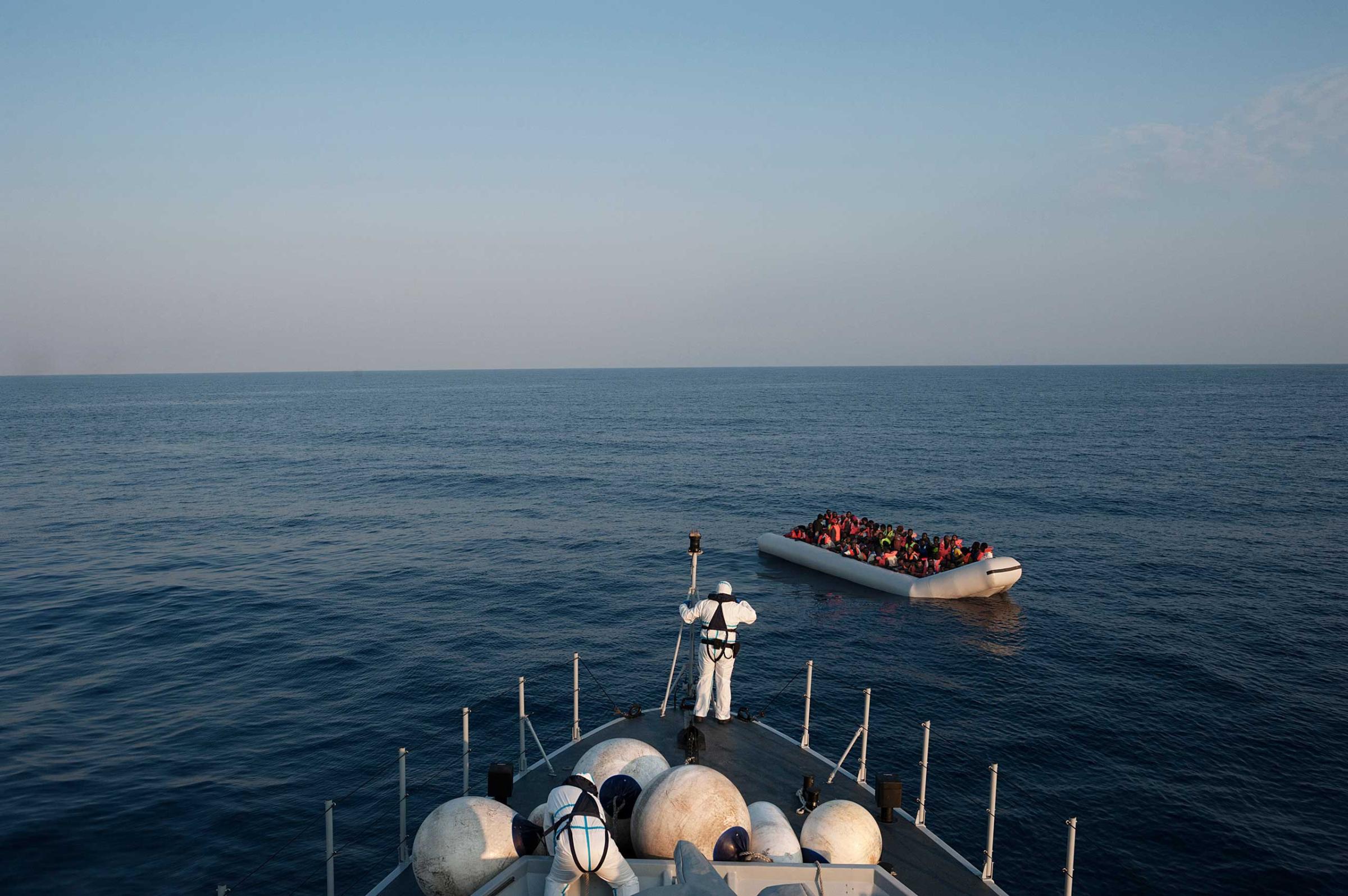
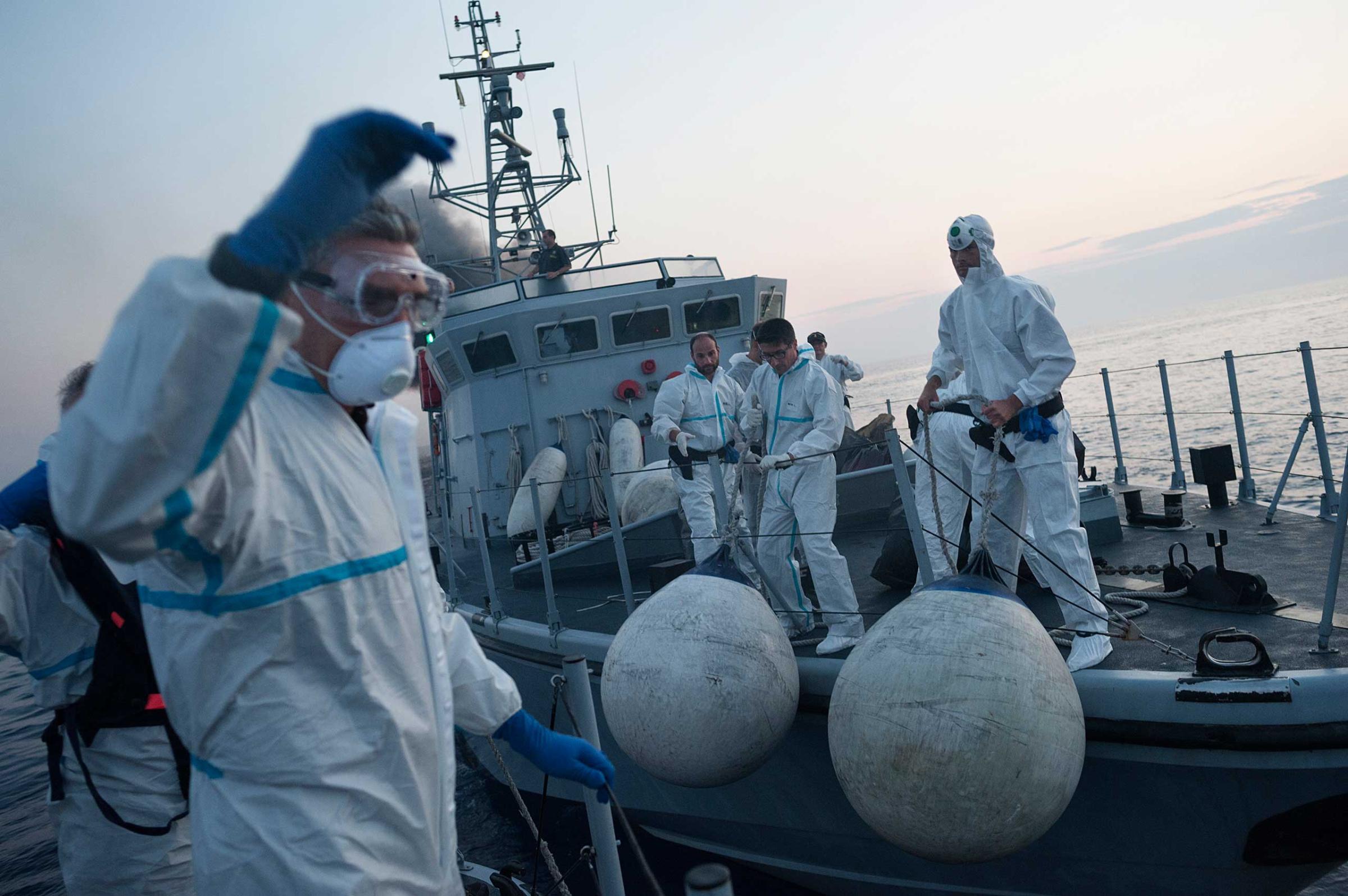
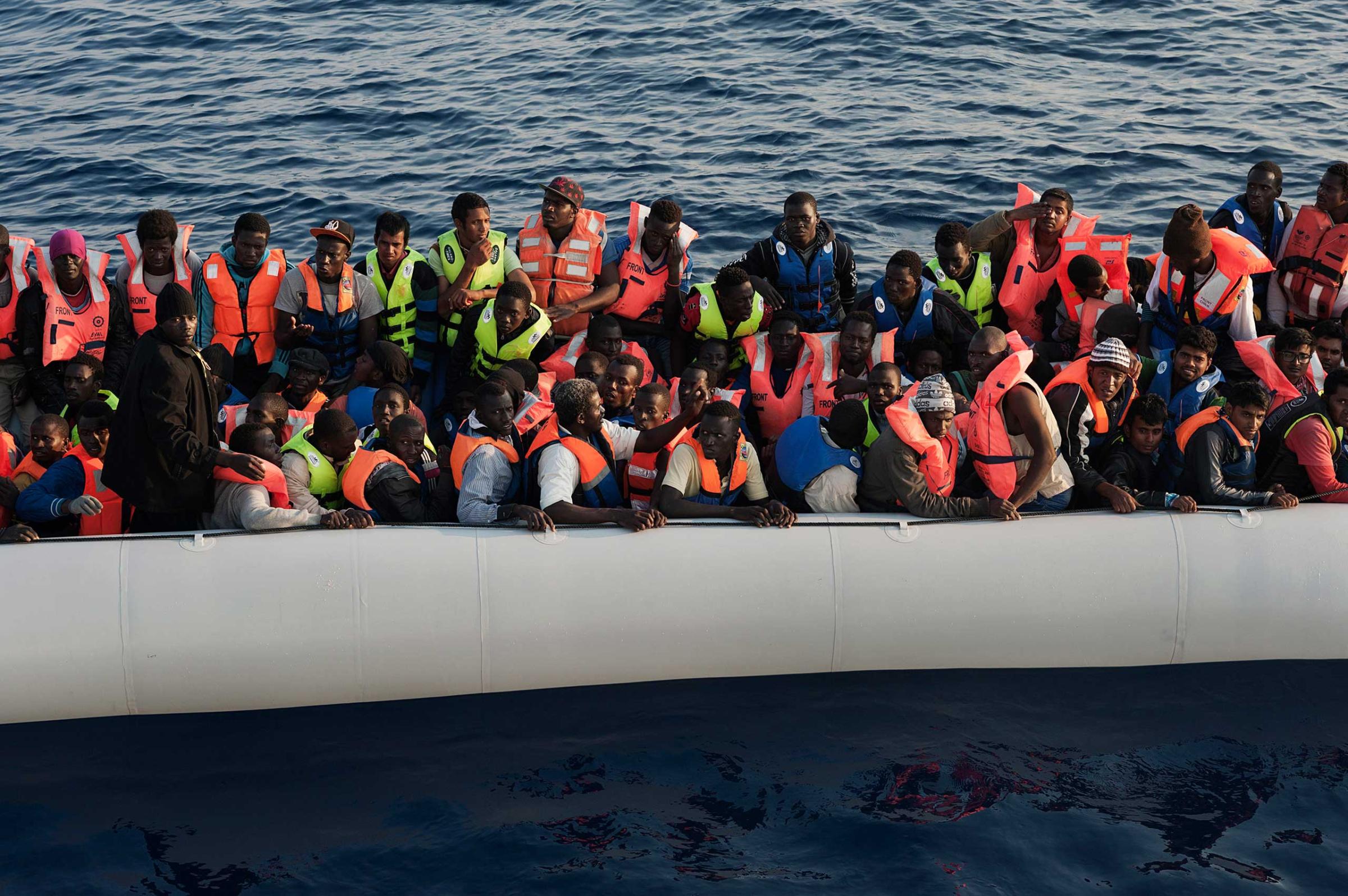
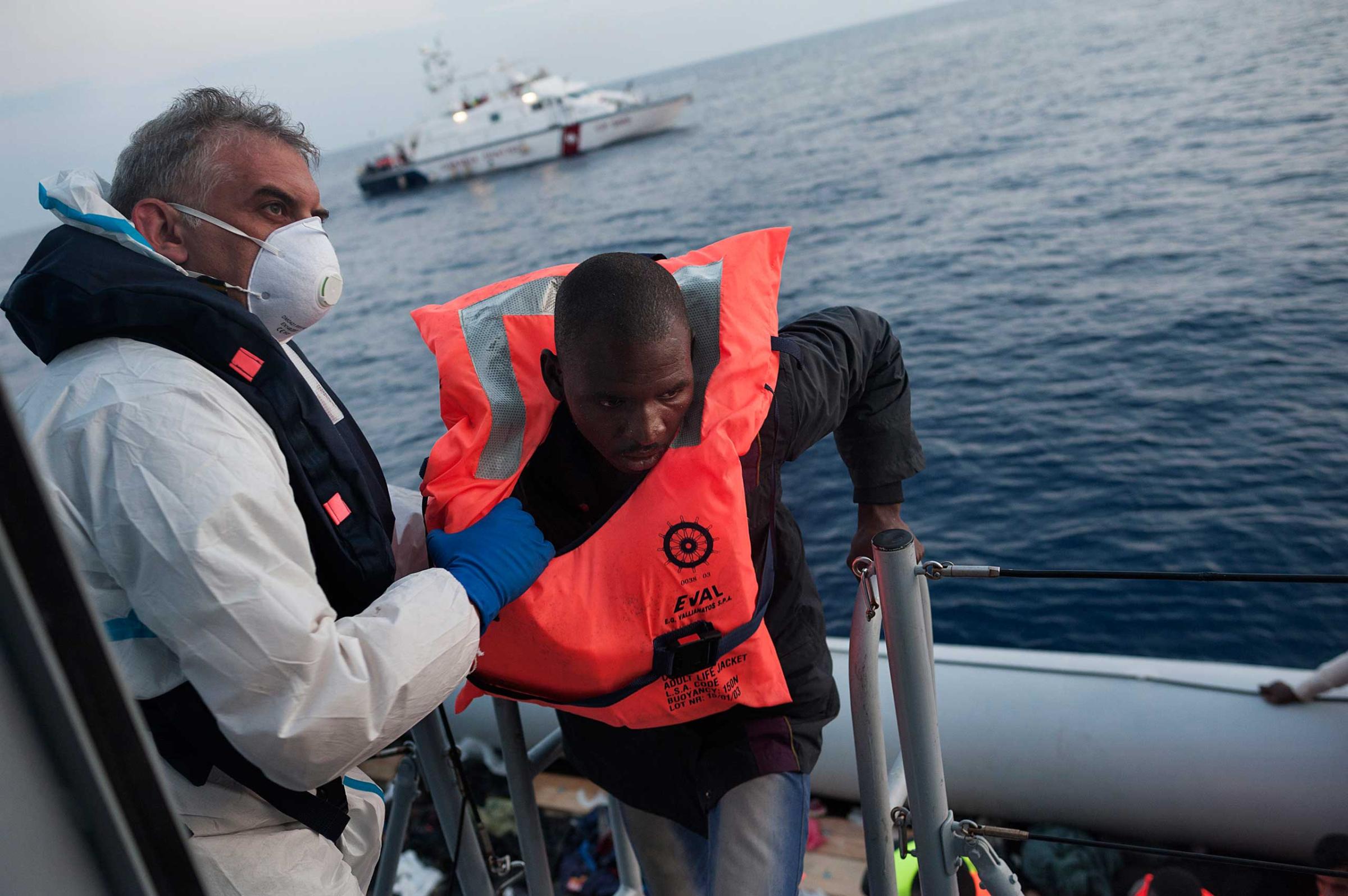
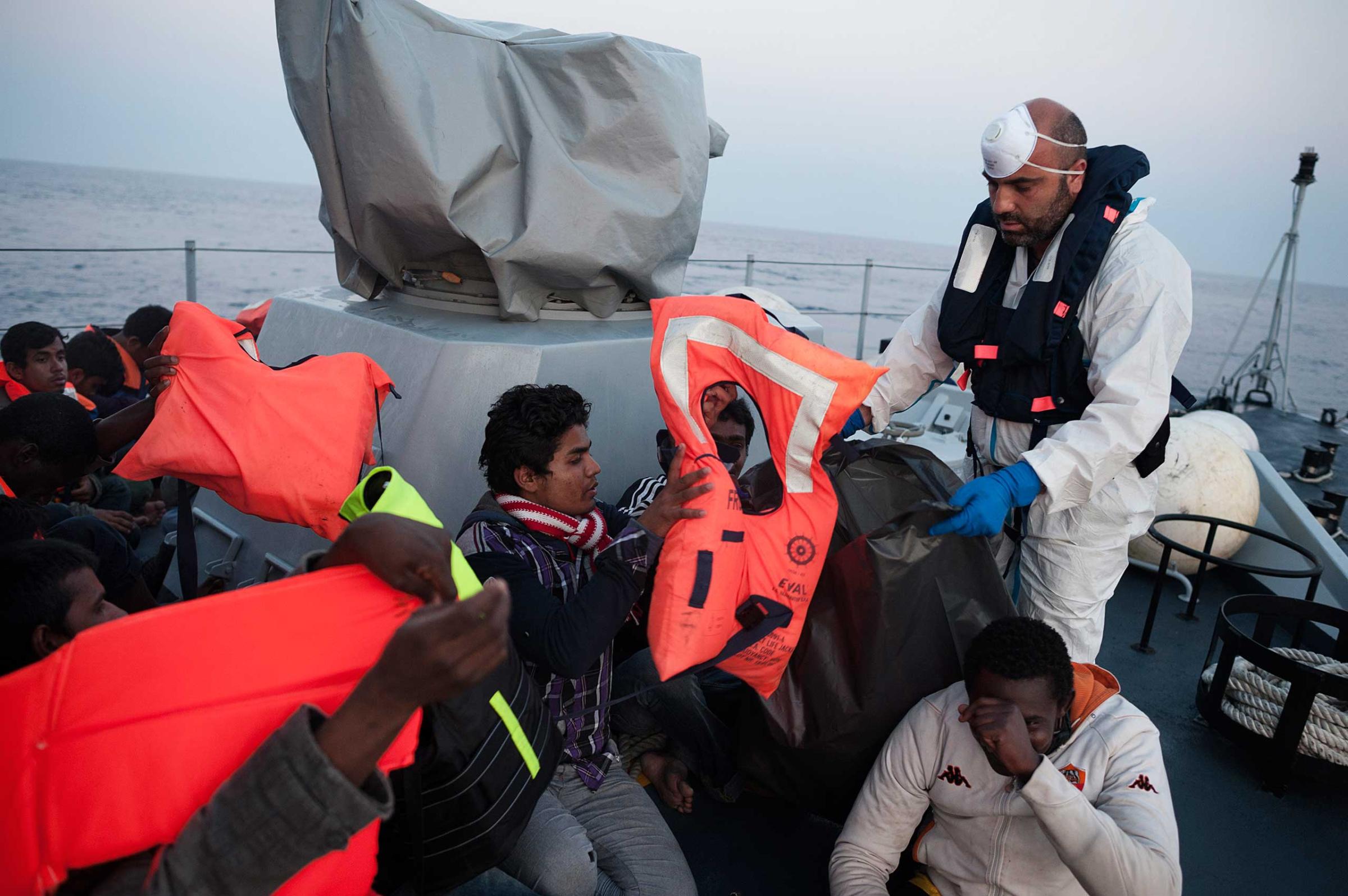
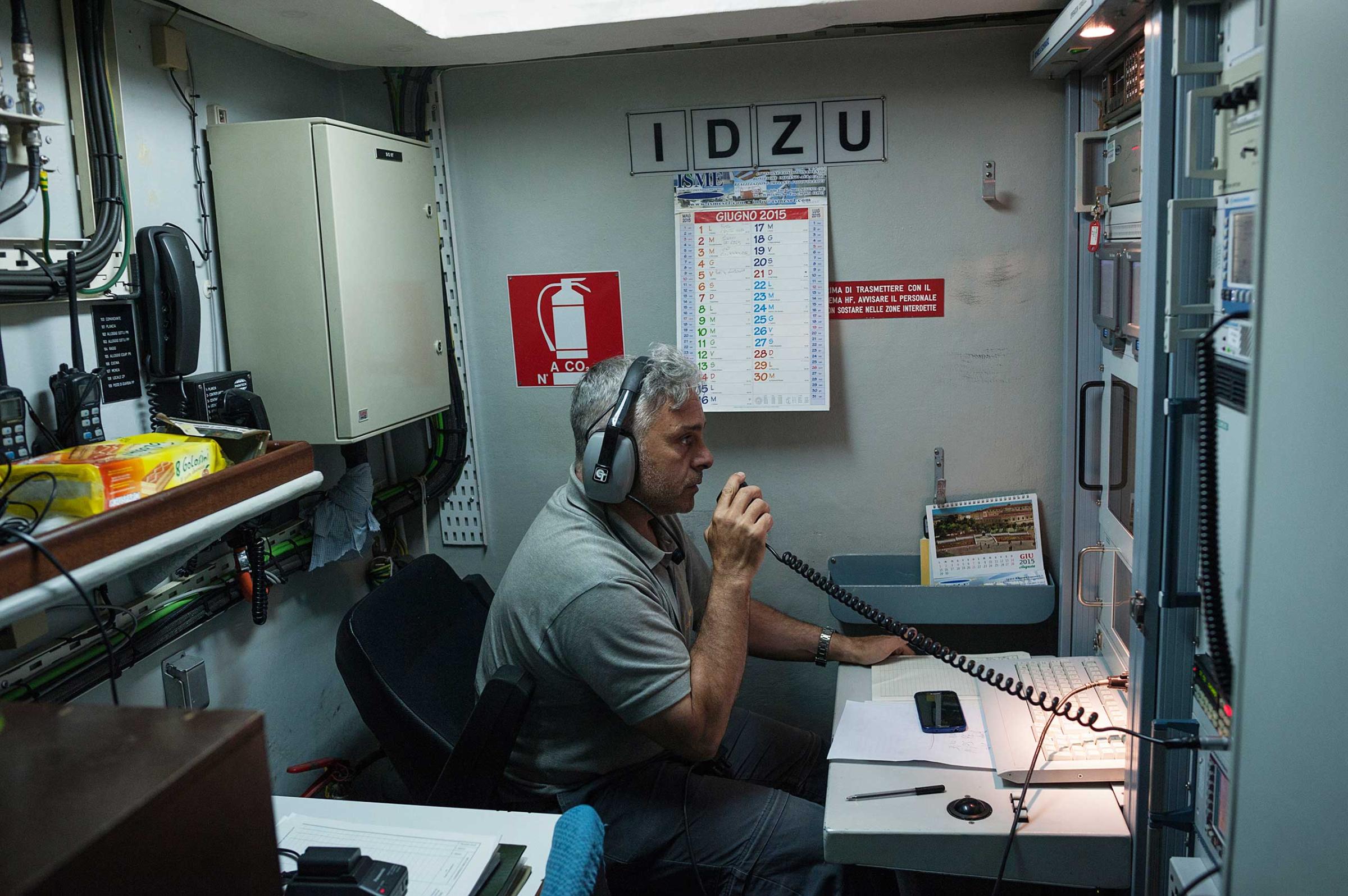
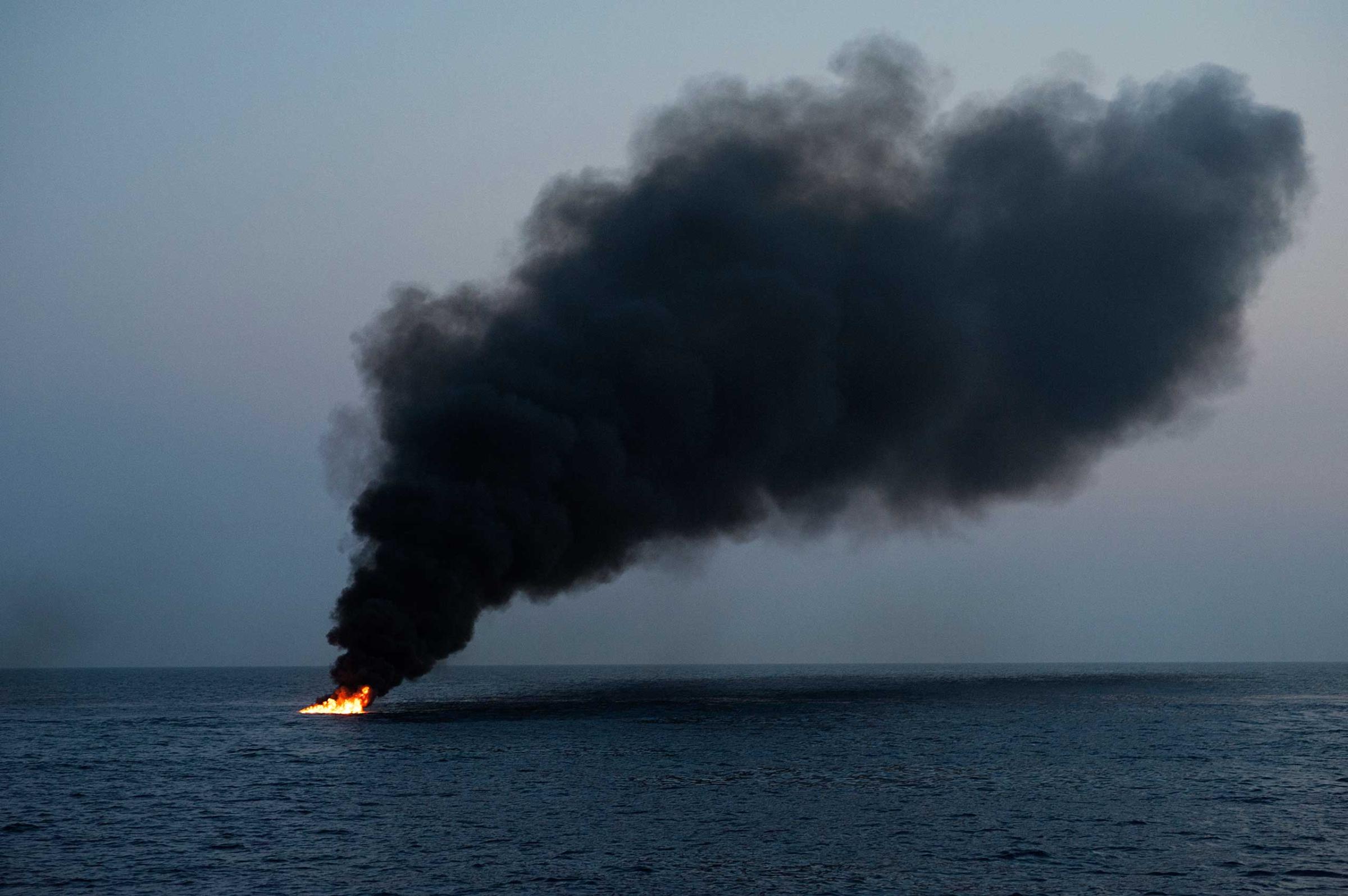
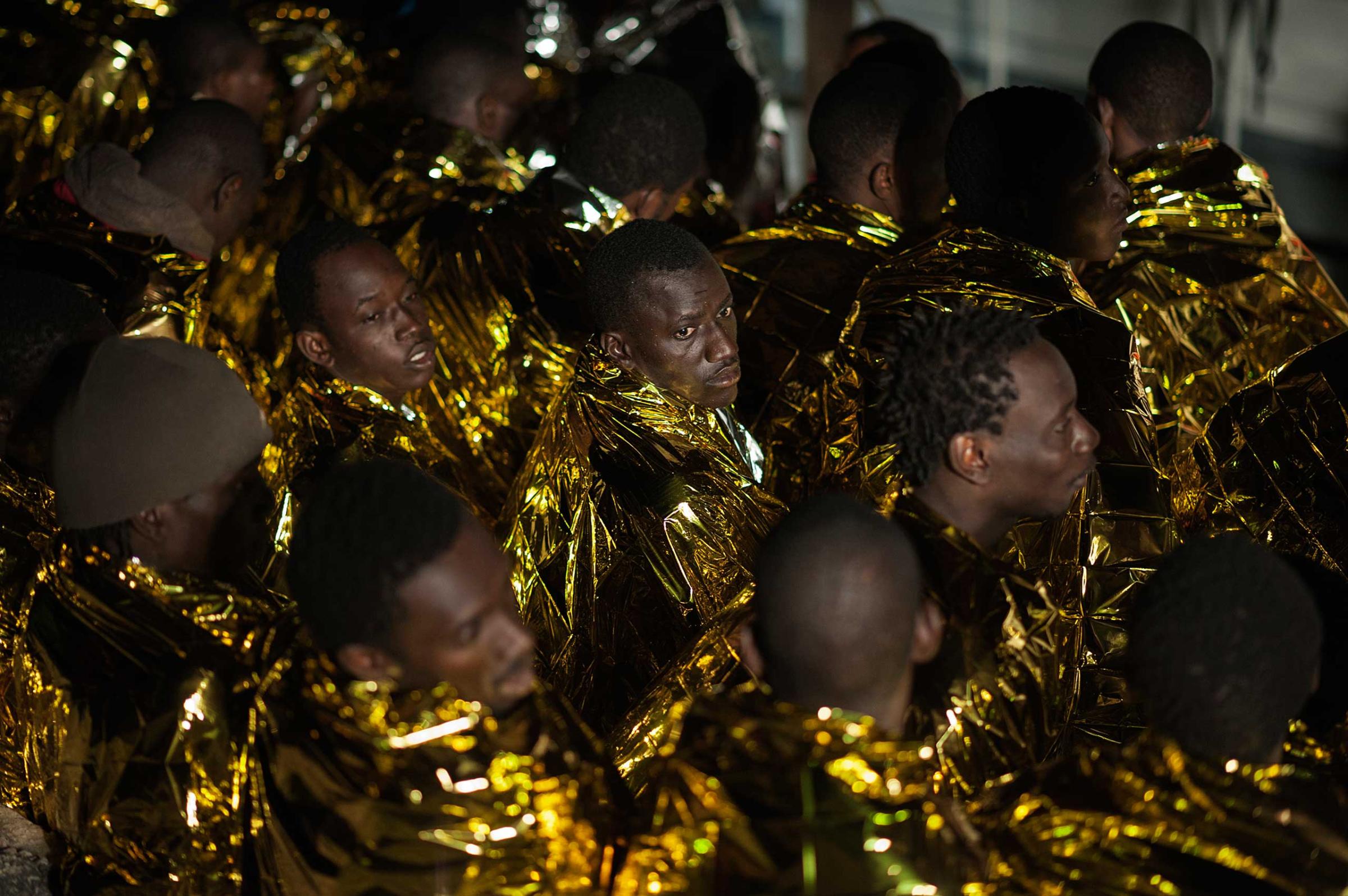


More Must-Reads from TIME
- Cybersecurity Experts Are Sounding the Alarm on DOGE
- Meet the 2025 Women of the Year
- The Harsh Truth About Disability Inclusion
- Why Do More Young Adults Have Cancer?
- Colman Domingo Leads With Radical Love
- How to Get Better at Doing Things Alone
- Michelle Zauner Stares Down the Darkness
Write to Lily Rothman at lily.rothman@time.com